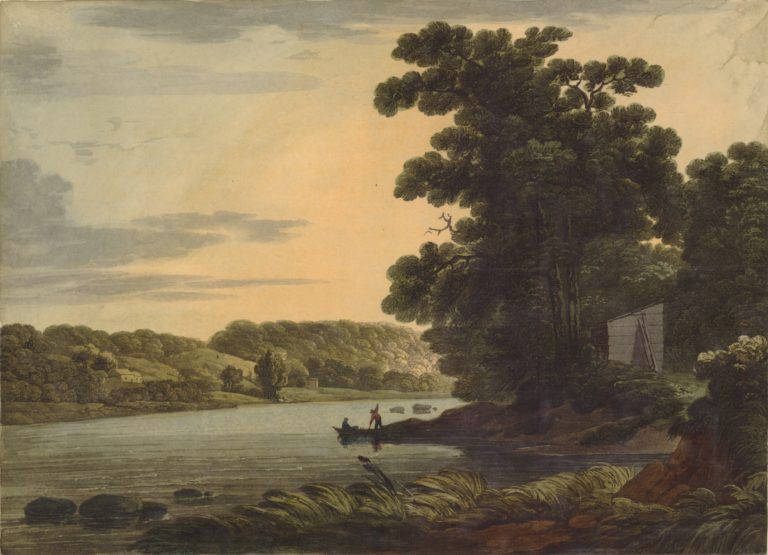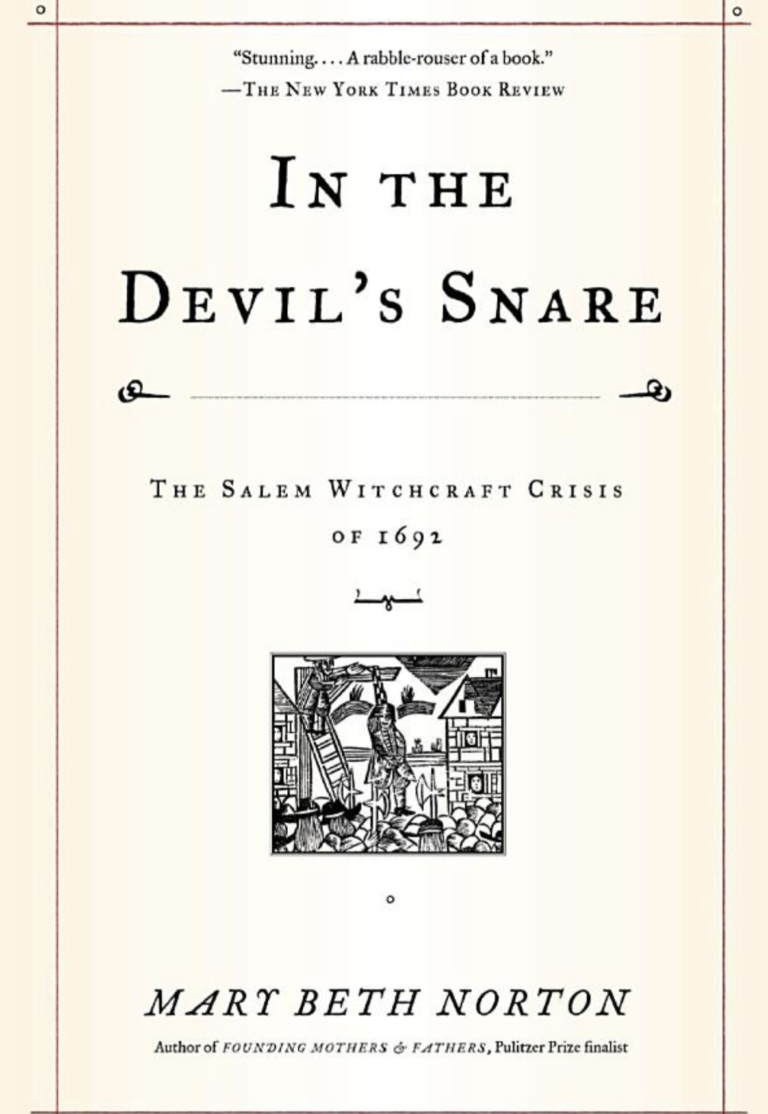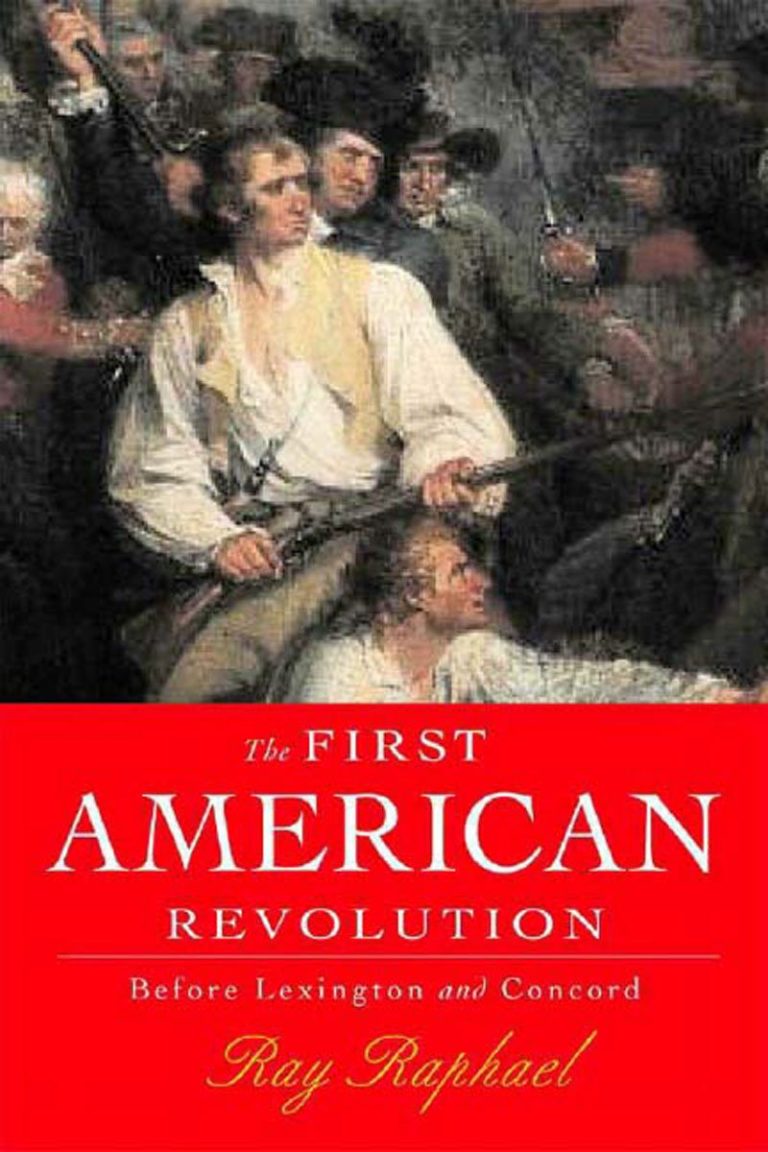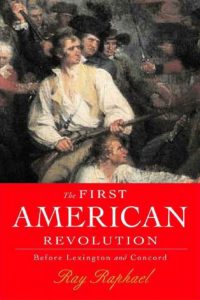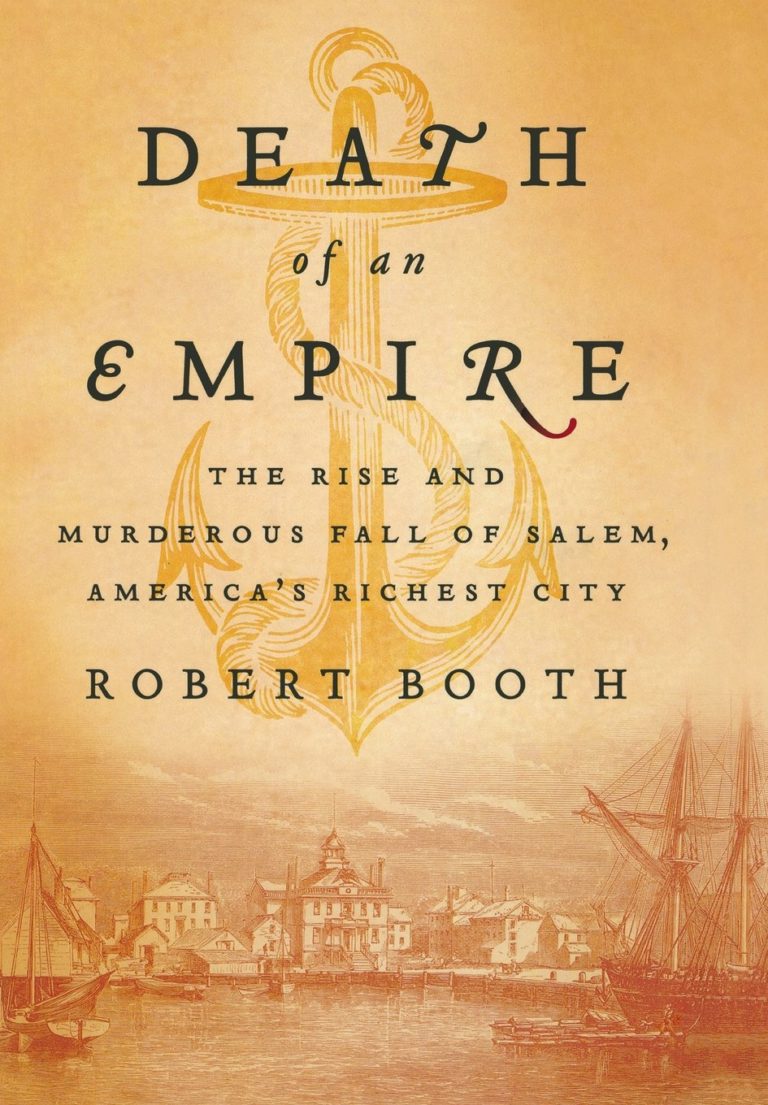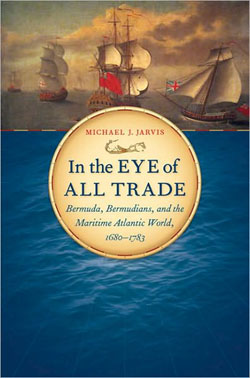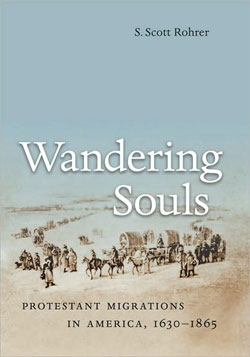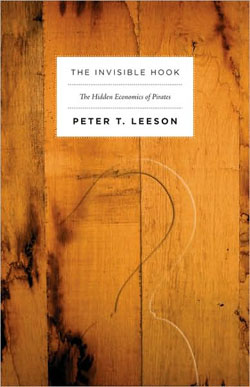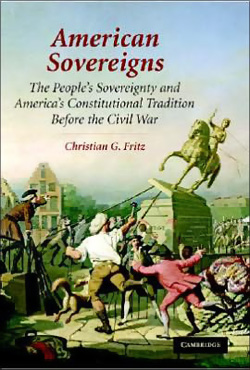Sowing and Reaping: A ‘New’ Chapter from Frances Ellen Watkins Harper’s Second Novel
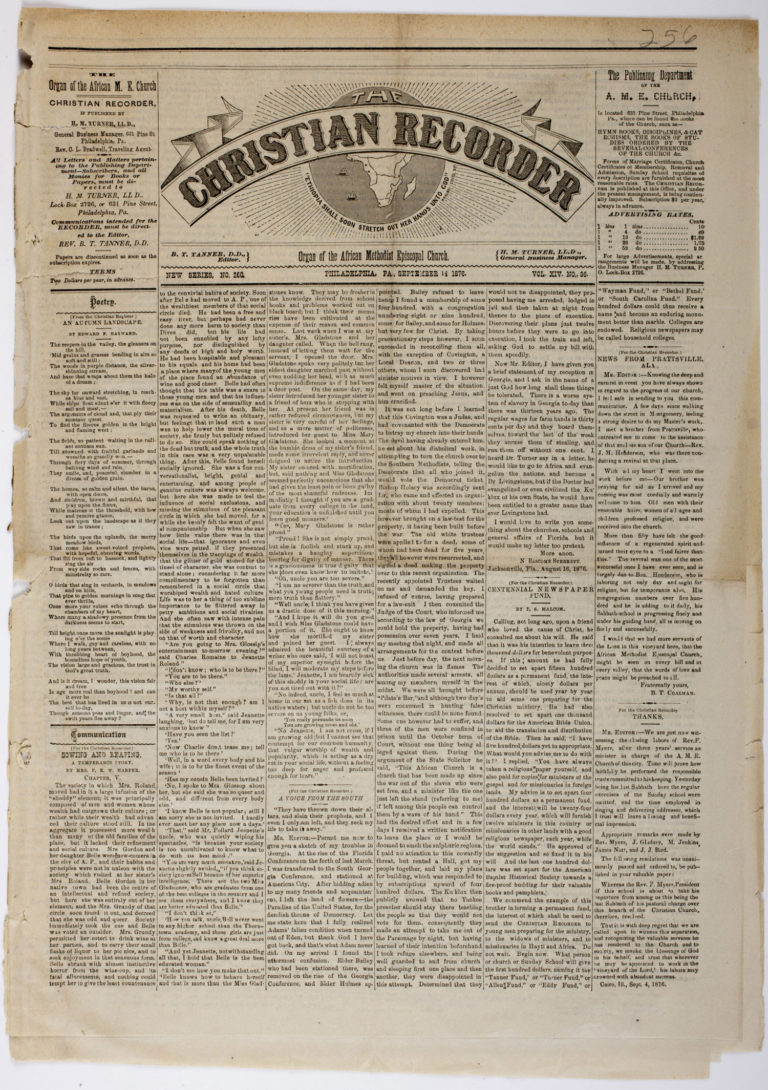
It probably never entered Reverend Henry McNeal Turner’s mind that, more than a century after his Christian Recorder publication of Frances Ellen Watkins Harper’s Sowing and Reaping, readers would have only a fragmented version of that fascinating novel.
On July 13, 1876—only a few weeks into his new role as Publications Manager for the African Methodist Episcopal Church and only four years away from his rise to a bishopric—Turner excitedly took to the columns of the church’s weekly newspaper, the Christian Recorder. He bragged that “arrangements have been made with Mrs. F. E. W. Harper for the publication of one of her inimitably written Stories.” Turner not only pronounced the tale “superb” but emphasized that it was “a Temperance Story” and was so “thoroughly religious” that “our brethren need not fear to make this announcement even from the pulpit.”
Turner and editor Benjamin Tucker Tanner hoped such announcements—made a month before serialization began—would give “time to those who may wish to subscribe and get the first chapters.” While Turner was undoubtedly enthusiastic about the content of Sowing and Reaping, its author’s name recognition also served as “evidence of the new Manager’s intention to strengthen the columns of the RECORDER” and might, in itself, garner new subscribers.
At age 50, Harper was already one of the best-known African American writers in the nation. Born free in Baltimore, she gained prominence well before the Civil War among both white and black abolitionists for her lectures and for her poetry, which graced reform periodicals from Frederick Douglass’ Paper to the Liberator and was partially collected in her book Poems on Miscellaneous Subjects (1854; expanded in 1857).
During and after the war, her reputation and activity only increased. Her deep concern for her fellow African Americans—so crucial to many of her early works—led her to crisscross the nation lecturing for black rights, but also for other moral reform efforts including women’s rights, education, and temperance. African Americans and progressive whites from Detroit to New Orleans also heard her powerful readings from a growing poetic oeuvre that included a new Poems as well as Moses: A Story of the Nile (1869), which retold the biblical story in wondrous blank verse with regular allusions to the current state of black America, and Sketches of Southern Life (1872), which captured some of the voices of the newly freed people Harper heard on her trips to the South.
Harper had become, as scholar Frances Smith Foster says, “an unofficial African American poet laureate.” She also experimented with fiction, producing what many scholars recognize as one of the earliest black short stories—”The Two Offers,” which was published in 1859 in the Anglo-African Magazine—as well as an early serialized novel, Minnie’s Sacrifice, which the Recorder ran in 1869 and of which Turner said “nothing that we ever printed took so well.”
For all of this excitement and success, much of Harper’s work—especially her serialized fiction—was buried under layers of neglect. White American culture’s broad dismissal of black intellect and artistry fed into aesthetic and scholarly judgments but also radically limited publication opportunities for nineteenth-century African Americans. Thus, like many texts by black writers of the period, much of Harper’s work appeared first and sometimes only in black newspapers. Newspapers of the period, of course, were much more likely to become insulation or kindling than cherished relics, and the libraries, colleges, and literary societies that might save select periodicals were often white-dominated and doubly dismissive of black periodical literature. In short, in choosing to write, black writers like Harper entered a majority print culture that generally considered both African American subjects and most periodicals ephemeral.
Harper’s reputation fared better than that of many of her colleagues. Her massive nineteenth-century standing meant that, well after her death in 1911, she was regularly mentioned within the black community, that some of her poems continued to be reprinted in the black press and recited in black schoolrooms and churches, and that select black scholars kept her memory alive. Still, her work was de-emphasized in the first waves of broader recovery of nineteenth-century African American literature because of her gender, her faith-centered approach to literature, her aesthetics, and some of her subjects. (That initial literary recovery work focused heavily on book-length texts and saw scholars create bumpy genealogies that jumped from slave narratives to the various modernisms of the Harlem Renaissance.)
Harper’s memory thus languished until late in the twentieth century. Only then did several critical studies—often by African American women in the academy—push for deeper consideration of Harper’s efforts. Her 1892 novel Iola Leroy, which had seen some limited republication, and a compilation volume titled Complete Poems were both included in the 1988 Schomburg Library of Nineteenth-Century Black Women Writers; Foster’s edited A Brighter Coming Day: A Frances Ellen Watkins Harper Reader joined these texts on shelves in 1990. Finally, in 1994, Harper’s three serialized Recorder novels—Minnie’s Sacrifice, Sowing and Reaping, and Trial and Triumph—became widely available in a collection edited by Foster.
Still, the recovery of Harper’s work and especially of her periodical publications remains incomplete. In preparing her edition of Harper’s serialized novels, Foster combed through widely scattered individual issues of the Recorder—at a time before many current cataloging and digitization projects. Though she was able to find all of Trial and Triumph (which appeared in 1888 and 1889), she could gather only incomplete runs of the issues that included Minnie’s Sacrifice and Sowing and Reaping. She thus prayed that “the few remaining missing pages” might be found, “the complete texts” see publication, and “the final chapter of the search” someday reach “a happy ending” (xlii).
What appears below is not that happy ending, but it is a small step toward a fuller recovery of Sowing and Reaping, Harper’s oeuvre, and a richer sense of nineteenth-century African American literature. Foster lists the September 14, 1876, Recorder among the missing and/or partial issues she speculated might contain missing chapters. The copy of this issue now held by the American Antiquarian Society does indeed contain, on page one, Sowing and Reaping‘s fifth chapter, which is reproduced below for the first time since its original publication.
Like the rest of Sowing and Reaping, this “lost” chapter demonstrates Harper’s skill at manipulating the temperance novel’s standard trajectory—in which characters who drink suffer and characters who don’t (or who stop drinking) are rewarded. As Foster has observed, both the novel’s plot and its themes center on contrasting the choices made by pairs of characters. Friends Paul Clifford and John Anderson open the novel, and cousins Belle Gordon and Jeanette Roland are introduced soon after. Paul and Belle advocate not just temperance but total abstinence. Belle’s stand is especially brave, as her values lead her to reject the hand of promising lawyer Charles Romaine and to be ostracized by Romaine’s social circle. John and Jeanette, on the other hand, not only drink but encourage “an appetite for liquor” in others. John grows rich through owning a popular saloon; in one stunning scene, he carefully mixes a drink for a child whose “parents are very rich” and who will one day “be one of my customers.” Jeanette drifts “along the tide of circumstances” unwilling to stand for God and abstinence and offers the drink that eventually leads Romaine to “a drunkard’s grave.” While Romaine is on his way to ruin, drunkard Joe Gough—likely named to invoke white temperance activist John B. Gough—is redeemed directly through Belle’s agency.
In a skillful twist, Harper pairs this multi-faceted temperance plot with stories of love and family: Paul and Belle “court” through temperance work and end up happily married, Gough’s marriage is saved by his conversion to temperance, Jeanette and Romaine marry only to suffer the death of a child and Romaine’s own fall, and John Anderson realizes on his deathbed that he “is a pauper in his soul”—a realization made as his drunkard son is in the midst of delirium tremens.
Foster recognizes that “while temperance is the subject most consistently discussed and most critical to the sequence of actions, the central theme” of the novel is “the importance of doing the right thing.” This is emphasized by the fact that John and Jeanette’s evil is not the simple drunkenness of Romaine but an unwillingness to—in Jeanette’s words—answer the call “to turn this great world ‘right side up with care.'” Such themes have broad application, in part because Harper deemphasizes the racial labeling of her characters; as Carla Peterson argues, “discipline is at the center of Sowing and Reaping, which perceives intemperance as a breakdown of discipline that pervades the nation” at a key moment in Reconstruction.
The newly recovered fifth chapter is critical to the development of both the novel’s plot and its themes. Most immediately, it emphasizes the growing gap between Belle and Jeanette and so foregrounds their differing choices. The chapter offers the fullest account of Belle’s social exclusion in the novel. The fictional town “A.P.,” our narrator tells us, is composed of people whose “wealth had advanced” while “their culture stood still,” and they judge Belle to be, in Romaine’s words later in the novel, not just good but “distressingly good.” Jeanette’s Uncle Follard is more blunt: Belle finds herself “socially ignored,” he says, because A.P.’s society has no “dignity of manner” and “is too uncultivated to know what to do with its best mind.” Jeanette and Romaine’s multiply-intemperate social circle is also, simply, afraid of Belle’s moral power. In contrast to Belle’s strong stand, Jeanette spends much of this missing chapter engaged in a flirtatious exchange with Charles Romaine, who is already sinking and still fresh from Belle’s temperance-centered dismissal of his suit. Chapter five thus highlights the novel’s sense of an aristocracy of morals rather than funds, suggests important distinctions between “education” and “cultivation,” and, again, emphasizes the need to make the right choices.
The single choice Belle makes in this “lost” chapter—the event that causes her to be “socially ignored”—is especially striking within the novel’s larger contexts. Belle politely refuses to write the obituary of “one of the wealthiest members of that social circle,” a man whose life, she feels, “had not been ennobled by any lofty purpose.” Convinced that his table, which offered “an abundance of wine,” was a “snare” to the community’s young men, Belle asserts that he placed the youth in his charge in the clutches of “sensuality and materialism.” Belle realizes that she cannot “laud such a man”; such false laurels would “help lower the moral tone of society.” Nor can she write anything “of the dead but truth.”
Readers of the black press, of course, were intimately familiar with the theory and practice of the obituary; papers like the Recorder published obituaries in each and every issue and often discussed such in depth. (Given the grasp of white power on much of American print culture and American memory, for many black subjects, such obituaries often offered their only printed remembrance.) A negative obituary—or no obituary at all—could be a frightening legacy to contemplate. Belle’s choice centers on these options, and while she stands silently condemning in the missing chapter, the narrator actually writes the kind of obituary Belle contemplates into the final chapter of Sowing and Reaping—when we see John Anderson’s deathbed recognition of a wrecked life and the narrator’s account of Romaine’s final trip to “a drunkard’s grave.” This “lost” chapter thus means that the novel not only tells readers that their choices will shape their lives but also tacitly asks them to consider what heroine Belle or the novel’s narrator might say—or not be able to say—about those choices.
The rediscovery of this missing chapter thus certainly enriches our reading of Harper’s novel. It also reminds us that the archival work of nineteenth-century African Americanists and Americanists writ broadly is far from over—that with each advance in accessibility, with each new opportunity, we need to return to the previous generations’ unanswered questions.
At its most basic, this means that we need to remember that there are still potentially recoverable chapters of both Minnie’s Sacrifice and Sowing and Reaping—to say nothing of Julia Collins’s The Curse of Caste, which was serialized in the Recorder in 1865 and recovered to much excitement in 2006, and Martin Delany’s Blake, which was serialized in both the Anglo-African Magazine and the Weekly Anglo-African. We have barely begun to talk about Recorder serials like William Steward’s John Blye (1878), which appeared only a year and a half after Sowing and Reaping, and neither King D. Patton’s Silas Craig (1889, immediately following Trial and Triumph) nor Ada A. Newton’s shorter serials—”The Taylor House” (1881) and “Olive Averill; or As A Man Soweth So Shall He Reap” (1882)—are even included in most of our bibliographies, let alone our literary histories. More broadly, we have not yet fully grappled with the place of serialization in African American print culture—a crucial question, given the comparative dearth of non-periodical outlets for many black writers of the period.
The list could go on: we need a much fuller sense of Harper’s life, real engagement with the nexus of African American literature and faith structures, analytical histories of key nineteenth-century black periodicals, stronger discussion of distribution and reception, and deeper attention to a host of other facets of African American literature and culture. The recovery of this chapter reminds us that we have much work to do—and the real potential, building on the rich work of pioneers like Foster and Peterson, to do it.
Editorial Note: I have corrected obvious errors in the chapter below that are tied to the printing process—a “t” added to the word “feeling” in the chapter’s first paragraph, for example, as well as a comma that should be an apostrophe, missing periods, mixing of single and double quotation marks, etc. I have retained the original’s nineteenth-century spelling, marking only the alternate spellings of character’s names and the word “irrevelent,” which could be either “irrelevant” or “irreverent.”
Sowing and Reaping.
A Temperance Story.
By Mrs. F. E. W. Harper.
Chapter V.
The society in which Mrs. Roland moved had in it a large infusion of the “shoddy” element; it was principally composed of men and women whose wealth had outgrown their culture; or rather while their wealth had advanced their culture stood still. In the aggregate it possessed more wealth than many of the old families of the place, but it lacked their refinement and social culture. Mrs. Gordon and her daughter Belle were new-comers in the city of A. P., and their habits and principles were not in unison with the society which visited at her sister’s Mrs. Roland. Belle Gordon in her native town had been the centre of an intellectual and refined society, but here she was entirely out of her element; and the Mrs. Grundy of that circle soon found it out, and decreed that she was odd and queer. Society immediately took the cue and Belle was voted an outsider. Mrs. Grundy permitted her coteri to drink wine at her parties, and to carry their small flasks of liquor to her pic nics, and to seek enjoyment in that sensuous form. Belle shrank with almost instinctive horror from the wine-cup, and its fatal allurements, and nothing could tempt her to give the least countenance to the convivial habits of society. Soon after Belle had moved to A. P., one of the wealthiest members of that social circle died. He had been a free and easy liver, but perhaps had never done any more harm to society than Dives did, but his life had not been ennobled by any lofty purpose, nor distinguished by any deeds of high and holy worth. He had been hospitable and pleasant to his equals, and his home had been a place where many of the young men of the place found an abundance of wine and good cheer. Belle had often thought that his table was a snare to those young men and that his influences was [sic] on the side of sensuality and materialism. After his death, Belle was requested to write an obituary, but feeling that to laud such a man was to help lower the moral tone of society, she firmly but politely refused to do so. She could speak nothing of the dead but truth, and the whole truth in this case was a very unpalatable thing. After this, Belle found herself socially ignored. She was a fine conversationalist, bright, genial and entertaining, and among people of genuine culture was always welcome, but here she was made to feel the influence of social exclusions, and missing the stimulous of the pleasant circle in which she had moved, for a while she keenly felt the want of genial companionship. But when she saw how little value there was in that social life—that ignorance and even vice were petted, if they presented themselves in the trappings of wealth [and] that the glitter of gold atoned for the tinsel of character, she was content to stand alone; considering it far more complimentary to be forgotten than remembered in a social circle that worshipped wealth and hated culture. Life was to her a thing of too sublime importance to be flittered away in petty ambitions and social rivalries. And she often saw with intense pain that the stimulous was thrown on the side of weakness and frivolity, and not on that of worth and character.
“Are you going to Mrs. Glossip’s [sic] entertainment to-morrow evening?” said Charles Romaine to Jeanette Roland.
“I don’t know; who is to be there?”
“You are to be there.”
“Who else?”
“My worthy self.”
“Is that all?”
“Why, is not that enough? am I not a host within myself?”
“A very small host,” said Jeanette laughing, “but do tell me, for I am very anxious to know.”
“Have you seen the list?”
“Yes.”
“Now Charlie don’t tease me; tell me who is to be there.”
“Well, in a word every body and his wife; it is to be the finest event of the season.”
“Has my cousin Belle been invited?”
“No, I spoke to Mrs. Glossop about her, but she said she was so queer and odd, and different from every body else.”
“I know Belle is not popular; still I am sorry she is not invited. I hardly ever meet her any place now a days.”
“That,” said Mr. Follard, Jeanette’s uncle, who was quietly wiping his spectacles, “is because your society is too uncultivated to know what to do with its best mind.”
“You are very much mistaken,” said Jeanette slightly nettled, “if you think society ignores Bell[e] because of her superior intelligence. There are the two Miss Gladstones, who are graduates from one of the best colleges in the country and I see them everywhere, and I know they are better educated than Belle.”
“I don’t think so.”
“How you talk, uncle, Bell[e] never went to any higher school than the Thorntown academy, and these girls are just from college, and know a great deal more than Belle.”
“And yet Jeanette, notwithstanding all that, I hold that Belle is the best educated woman.”
“I don’t see how you make that out.”
“Belle knows how to behave herself and that is more than the Miss Gladstones know. They may be fresher in the knowledge derived from school books and problems worked out on [a] black board; but I think their memories have been cultivated at the expense of their reason and common sense. Last week when I was at my sister’s, Mrs. Gladstone and her daughter called. When the bell rang, instead of letting them wait for the servant, I opened the door. Mrs. Gladstone spoke very politely but her eldest daughter marched past without even nodding her head, with as much supreme indifference as if I had been a door post. On the same day, my sister introduced her younger sister to a friend of hers who is stopping with her. At present her friend was in rather reduced circumstances, but my sister is very careful of her feelings, and as a mere matter of politeness, introduced her guest to Miss Mary Gladstone. She looked a moment at the humble dress of my sister’s friend, made some irrevelent [sic] reply, and never deigned to notice the introduction. My sister colored with mortification, but, said nothing and Miss Gladstone seemed perfectly unconscious that she had given the least pain or been guilty of the most shameful rudeness. Immediately I thought if you are a graduate from every college in the land, your education is unfinished until you learn good manners.”
“Yes, Mary Gladstone is rather proud.”
“Proud! She is not simply proud, but she is foolish and stuck up, and mistakes a haughty supercilious bearing for a dignity of manner. There is a graciousness in true dignity that she does [not] even know how to imitate.”
“Oh, uncle you are too severe.”
“I am no severer than the truth, and what you young people need is truth; more truth than flattery.”
“Well uncle, I think you have given us a drastic dose of it this morning.”
“And I hope it will do you good and I wish Miss Gladstone could have a portion of it. She ought to know how she mortified my sister and pained her guest. I always admired the beautiful courtesy of a writer who once said, ‘I will not boast of my superior eyesight before the blind, I will moderate my steps before the lame.’ Jeanette, I am heartily sick of this shoddy [element] in your social life: are you not tired out with it?”
“No indeed, uncle, I feel as much at home in our set as a fish does in its native waters; but uncle do not be too severe on us young folks, or,
‘You really persuade us soon
You are growing cross and old.'[“]
“No Jeanette, I am not cross, if I am growing old; but I cannot see that contempt for our common humanity, that vulgar worship of wealth and popularity, which is acting as a dry rot in your social life, without a feeling too deep for anger and profound enough for tears.”
Further Reading
Jeanette’s brief concluding quote is a paraphrase of the popular nineteenth-century song “Fanny Gray”; of note, the song features a character named “Mrs. Gossip” who is rendered “Mrs. Glossip” in some versions of the lyrics.
Foster’s assessment of Harper’s reputation can be found in A Brighter Coming Day: A Frances Ellen Watkins Harper Reader (New York, 1990). Her comments on Sowing and Reaping appear in Minnie’s Sacrifice, Sowing and Reaping, Trial and Triumph: Three Rediscovered Novels by Frances E. W. Harper (Boston, 1994). These sources offer the best biographical and bibliographical work on Harper. See also Melba Joyce Boyd’s Discarded Legacy: Politics and Poetics in the Life of Frances E. W. Harper (Detroit, 1994).
Peterson’s assessment of Sowing and Reaping appears in “Frances Harper, Charlotte Forten, and African American Literary Reconstruction” in Joyce Warren and Margaret Dickie’s edited collection Challenging Boundaries: Gender and Periodization (Athens, 2000). Other important critical work on the novel includes Debra J. Rosenthal’s “Deracialized Discourse: Temperance and Racial Ambiguity in Harper’s ‘The Two Offers’ and Sowing and Reaping” in Rosenthal and David Reynolds’s edited collection The Serpent in the Cup: Temperance in American Literature (Amherst, 1997) as well as DoVeanna Fulton’s “Sowing Seeds in an Untilled Field: Temperance and Race, Indeterminacy and Recovery in Frances E. W. Harper’s Sowing and Reaping” (Legacy, 2007). The Serpent in the Cup offers a wide-ranging introduction to temperance literature generally.
Readers interested in black women lecturers and their relationship to literature should start with Peterson’s “Doers of the Word”: African American Women Speakers and Writers in the North, 1830-1880 (New York, 1995); among the several later works on related topics, P. Gabrielle Foreman’s Activist Sentiments: Reading Black Women in the Nineteenth Century (Urbana, 2009) is especially useful. In addition to Foster’s germinal work, readers interested in recent scholarship on the black press can consult my Unexpected Places (Jackson, 2009) and Lara Langer Cohen and Jordan Stein’s edited collection Early African American Print Culture (Philadelphia, 2012). Gilbert Anthony Williams’s The Christian Recorder, Newspaper of the African Methodist Episcopal Church (Jefferson, 1996) is the only book-length study of the Recorder. Julius Bailey’s Around the Family Altar: Domesticity in the African Methodist Episcopal Church, 1865-1900 (Gainesville, 2005) offers context for Harper and the Recorder‘s approaches to domestic questions.
Acknowledgments
The author thanks the staff of the American Antiquarian Society—especially Paul Erickson, Marie Lamoureux, and Vincent Golden—as well as Lara Langer Cohen, Jordan Stein, and Jodie Gardner for their aid in recovering this chapter.
This article originally appeared in issue 13.1 (October, 2012).


